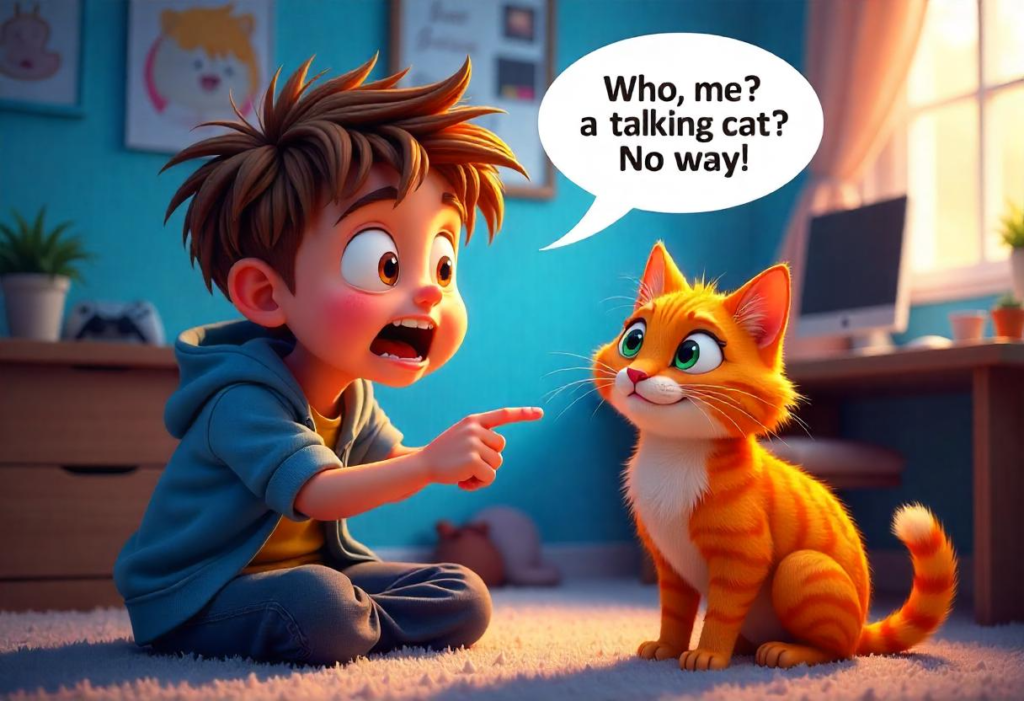Movies have evolved beyond standalone stories into expansive cinematic universes where characters, events, and plots interconnect across multiple films. The movie universe.se concept has reshaped modern filmmaking, offering fans immersive storytelling experiences across different timelines and perspectives.
What is Movie Universe.se?
The term movie universe.se refers to an interconnected film franchise where multiple stories coexist within a single narrative framework. These universes allow characters and events to overlap, creating a broader, more engaging storytelling experience. Some of the most famous examples include the Marvel Cinematic Universe (MCU), DC Extended Universe (DCEU), and Star Wars Universe.
How Movie Universes Reshaped Storytelling
Traditionally, movies followed a linear structure, with sequels continuing the main story. However, with the rise of movie universes, filmmakers now craft parallel narratives, spin-offs, and prequels that expand the world beyond a single protagonist.
Some of the ways movie universes have transformed storytelling include:
- Expanding Character Arcs: Side characters get their own movies, adding depth to the universe.
- Multiple Timelines: Prequels and sequels can coexist without disrupting continuity.
- Interconnected Events: One film’s events influence another, enhancing viewer engagement.
The Most Popular Movie Universes
1. Marvel Cinematic Universe (MCU)
The MCU pioneered the modern movie universe concept, bringing together superheroes from different films into one cohesive world. Beginning with Iron Man (2008), Marvel Studios connected over 30 films and TV series through characters, shared conflicts, and overarching storylines.
2. DC Extended Universe (DCEU)
The DCEU introduced an interconnected world featuring Batman, Superman, Wonder Woman, and other iconic heroes. While its timeline is less structured than Marvel’s, it continues to expand through films like The Flash and Aquaman.
3. Star Wars Universe
George Lucas’ Star Wars saga set the stage for expansive storytelling. With prequels, sequels, and spin-offs (The Mandalorian, Obi-Wan Kenobi), the Star Wars universe keeps growing, offering fans new perspectives on beloved characters.
4. Wizarding World (Harry Potter & Fantastic Beasts)
The Wizarding World extends beyond Harry Potter into Fantastic Beasts, exploring magical history and the rise of dark forces before the events of the original series.
5. The MonsterVerse (Godzilla & King Kong)
Combining legendary monsters like Godzilla, King Kong, and Mechagodzilla, the MonsterVerse delivers interconnected action-packed films where colossal creatures battle for dominance.
What Makes a Movie Universe Successful?
Not all movie universes thrive. Some crash due to poor planning, inconsistent storytelling, or rushed development. The keys to success include:
- Strong World-Building: Crafting detailed lore that supports multiple narratives.
- Character Development: Allowing individual films to stand alone while contributing to the larger universe.
- Consistency & Continuity: Ensuring plots align across films to avoid confusion.
- Fan Engagement: Keeping audiences invested through post-credit scenes, Easter eggs, and spin-offs.
Challenges of Creating a Movie Universe
1. Maintaining Cohesion
With multiple directors and writers involved, keeping a movie universe consistent can be challenging. Divergent creative visions often result in plot holes and contradictions.
2. Franchise Fatigue
Too many interconnected movies can overwhelm audiences, leading to declining interest. Studios must balance expansion with quality storytelling.
3. Managing Character Arcs
Introducing new characters while maintaining established ones is difficult. Overstuffing films with too many characters can dilute the impact of individual stories.
Also read: CGVindo: The Ultimate Streaming Hub for Movie Lovers
Future of Movie Universes
The concept of movie universe.se continues to evolve, with new cinematic worlds emerging. Studios are experimenting with:
- Multiversal Crossovers: (Spider-Man: No Way Home, Doctor Strange in the Multiverse of Madness)
- TV Series Integration: (Loki, WandaVision, The Boys
- Expanding Genres: Horror (The Conjuring Universe), Sci-Fi (Avatar), and Fantasy (Lord of the Rings Amazon series).
Conclusion
The movie universe.se phenomenon has revolutionized the film industry, blending multiple narratives into immersive, interconnected experiences. As studios continue to innovate, movie universes will only expand, keeping audiences engaged for years to come.
FAQs
What was the first cinematic universe?
The Universal Monsters Universe (Dracula, Frankenstein, The Mummy) from the 1930s is considered the first movie universe, featuring crossover films.
How do movie universes affect storytelling?
They allow deeper character exploration, complex plots, and multi-film story arcs, keeping audiences engaged over the long term.
Can a movie universe exist without superheroes?
Yes! Star Wars, The Conjuring, and Jurassic Park prove that diverse genres can successfully build interconnected universes.
What happens when a movie universe fails?
Failed universes, like the Dark Universe (2017’s The Mummy), often collapse due to poor execution, leading to reboots or cancellations.
Why are post-credit scenes important in movie universes?
They tease future films, connect storylines, and keep fans excited for upcoming installments.
Are TV shows part of movie universes?
Increasingly, yes! Streaming platforms integrate TV series into movie universes, enhancing world-building (MCU’s Disney+ shows, Star Wars’ live-action series).



